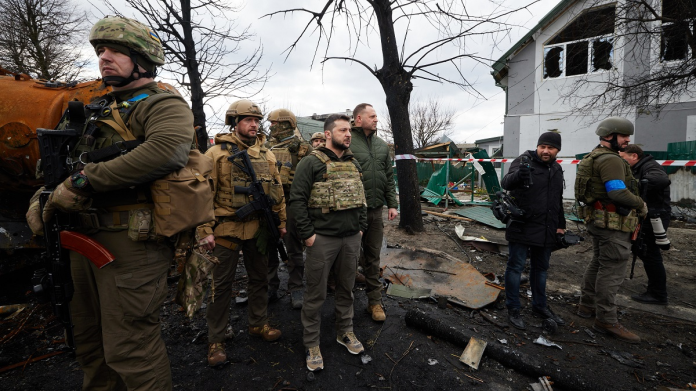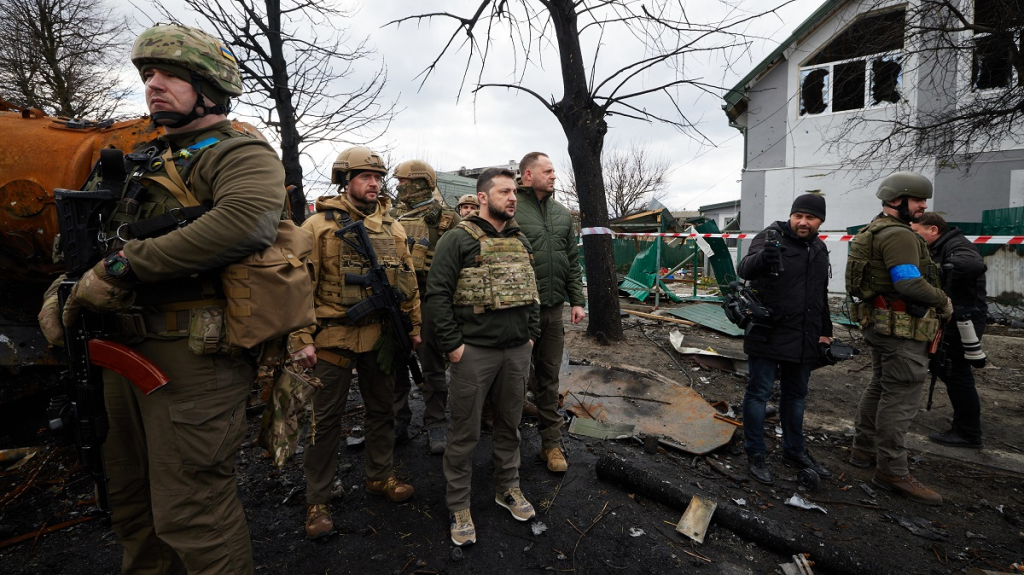
“You can no longer do anything with just a tank with some armor, because the minefield is too deep.” When Ukraine’s then-commander-in-chief Valerii Zaluzhnyi said it to The Washington Post in 2023, he was referring to a battlefield reality which has since gained an ironic twist Russia’s wide-spread defensive minefields are now as much blocking its own forces as those of Ukraine.
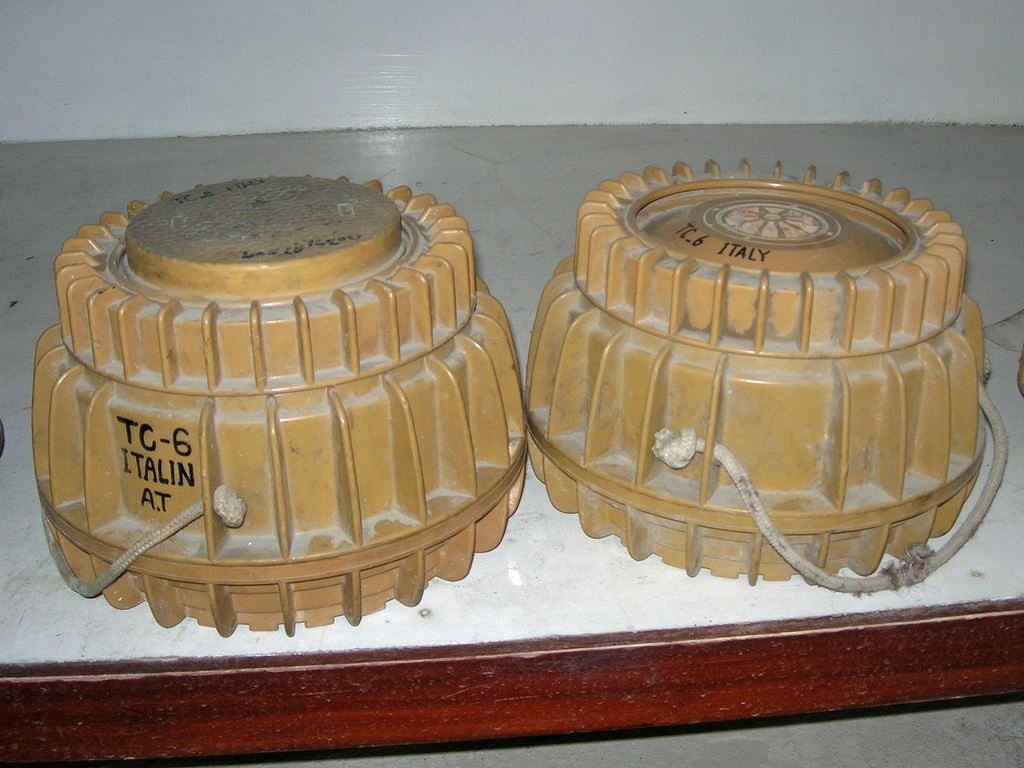
The broad strips of anti-personnel and anti-tank mines across southern Ukraine were meant to hold up Kyiv’s counterattack. They did, at least temporarily. But as the fighting wears on, the same obstacles are a double-edged sword, tying Russian troops to their positions and limiting their ability to maneuver or counterattack.
From battlefield intelligence, military doctrine, and expert analysis, here are seven essential points on how Russia’s mine plan, once a shield, is quick to turn into a cage.
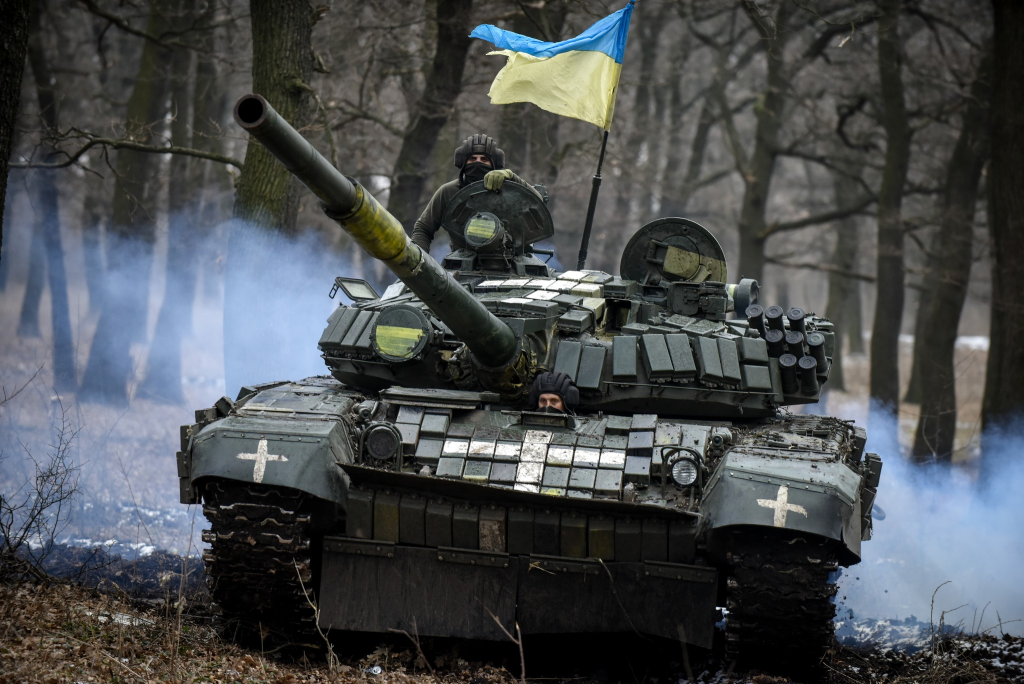
1. Minefields as a Force Multiplier and a Liability
Military doctrine has traditionally considered minefields to be a mechanism to control the movement of the enemy, preserve defending forces, and inflict attrition. According to U.S. Army. field manuals, they work best when paired with direct and indirect fire. Russia’s initial strategy in 2023 also pulled this playbook off the shelf, creating belts of mines to channel Ukrainian tanks into kill zones. But according to Mark Voyger, a former adviser to U.S. Army Europe explained to Newsweek, “The Russians have mined the south so heavily that they also cannot advance.” The same density which rendered these minefields challenging now inhibits Russian counter-mobility, confining units behind their own obstacles.
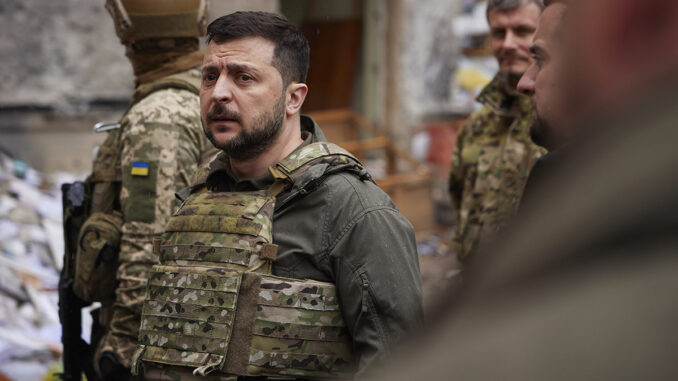
2. Quadrupling Depth: The 500-Meter Mine Belts
Russian commanders in early June 2023 adjusted their defense doctrine by quadrupling minefield depth from 120 meters to up to 500 meters. RUSI analysts Nick Reynolds and Jack Watling broke the news that this was meant to be out of the breaching range of Ukrainian UR-77 line charges, typically clearing only 100 meters. The change stopped Ukrainian assaults spectacularly but with a cost. Laying down belts of such great widths consumed reserve more quickly than planned, rendering second and third defensive lines thinner and less in line with Russian doctrine.
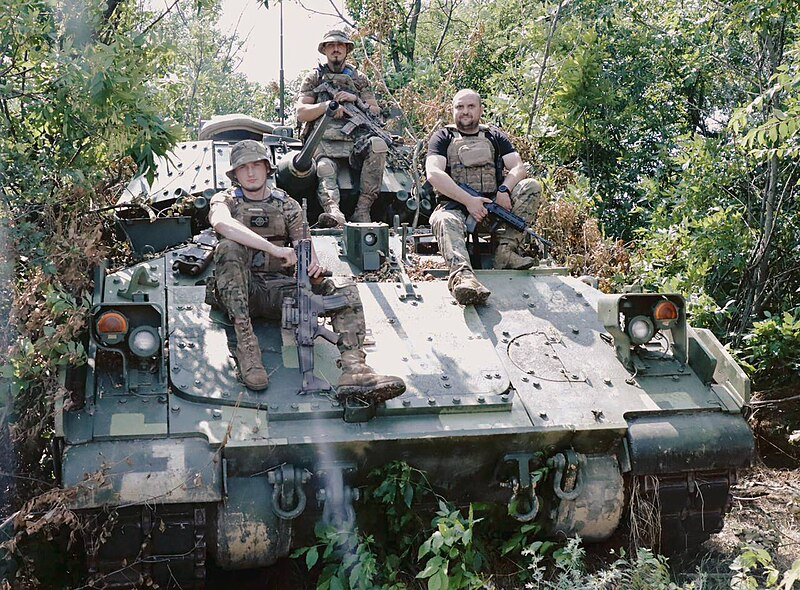
3. The Mala Tokmachka Lesson
The dangers of deep, dense minefields were illustrated near Mala Tokmachka in June 2023. Ukrainian armored columns from the 47th and 33rd Brigades were halted under fire, with two dozen vehicles, including Leopard 2A6 tanks and specialized mineclearers, behind them. Weeks later, Ukraine discovered a bypass and ultimately recovered the equipment. For Russia, the battlefield success came at a strategic price: the mines that brought Ukraine to a halt also immobilized Russian troops, precluding flexible response once the gap was outflanked.
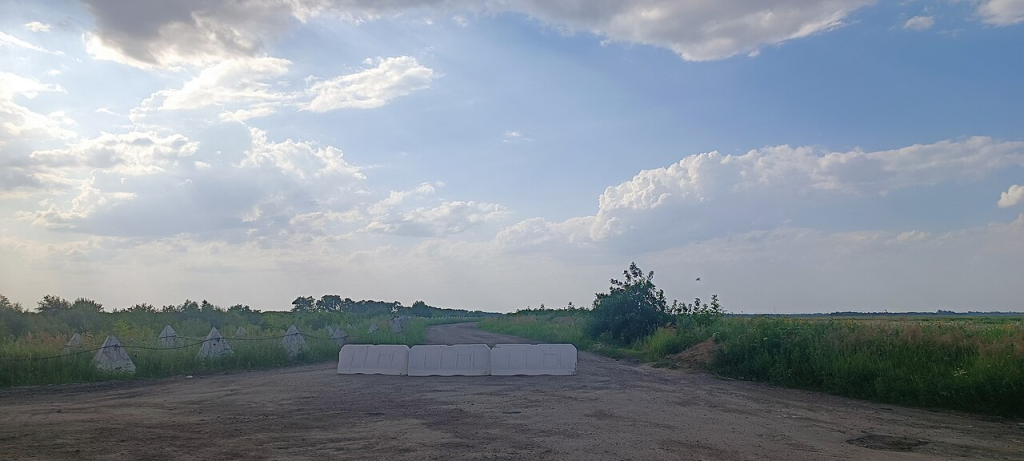
4. Asymmetrical Strength of the Surovikin Line
The notorious Surovikin Line a multi-layered trench, dragon’s teeth, and minefield defense is a sign of asymmetrical resource allocation. Ukrainian brigadier general Oleksandr Tarnavskiy told The Guardian Russia had assigned 60 percent of its resources to the first line, leaving only 20 percent for each of the second and third lines. This imbalance is that once Ukraine penetrates into the outer belt, the resistance may taper. But, as military analyst Oleksandr Kovalenko cautioned, the second line’s mechanized reserves, though depleted, are still powerful.
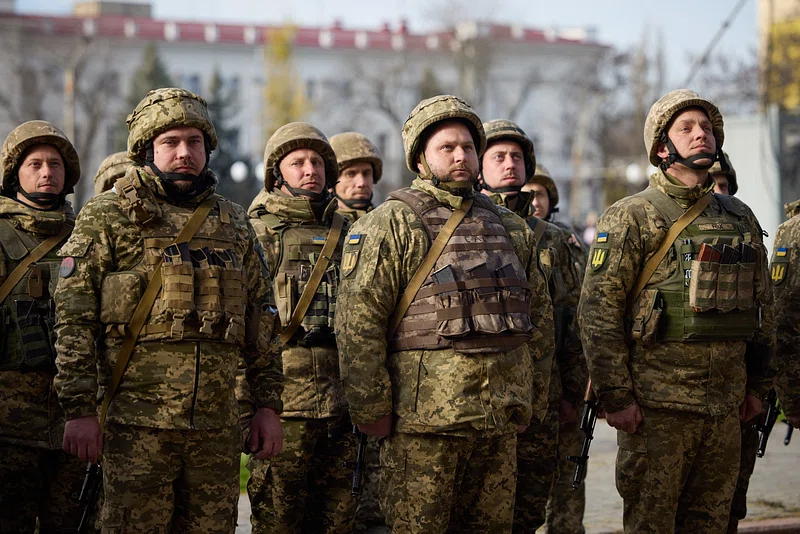
5. When Fire Clears Your Own Mines
In a tactic documented by The New York Times, Russian soldiers have sprayed mined fields with incendiary substances and ignited them by air-dropping grenades carried by drones as Ukrainian forces close in. While it creates a fleeting space of fire and explosions, Ukrainian experts such as Serhiy Grabsky report it burns Russia’s own mines as well. The method, used sporadically since 2014, is seen by military experts as a last-resort move buying potentially an hour’s delay at the expense of long-term defense.
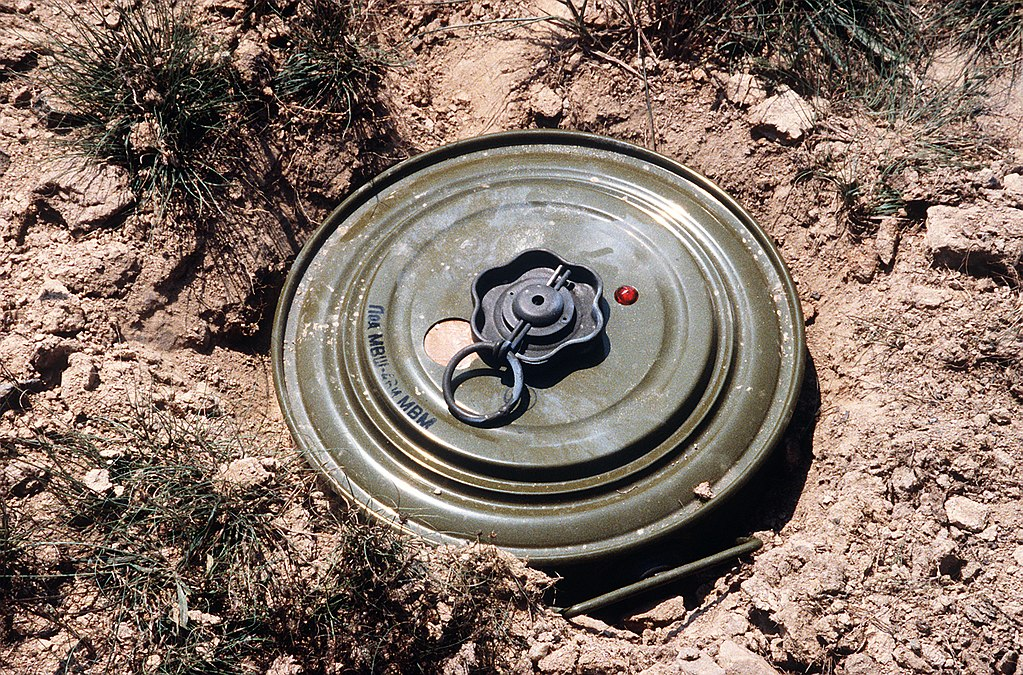
6. Technology and Autonomy in Modern Mines
Not all mines are immobile relics. Modern anti-vehicle mines may contain sensors and limited autonomy in target choice. As defense analyst Frank Sauer explains, these kinds of systems like Germany’s PARM can be programmed to destroy themselves after some time has passed, or in hypothetical AI-enabled versions utilize thermal, acoustic, and visual profiling to distinguish between targets. Such advances may, at least in theory, make minefields more compliant with humanitarian law by reducing accidental detonations. Russia’s current belts of mines, however, rely heavily on traditional victim-activated designs that remain dangerous to all.
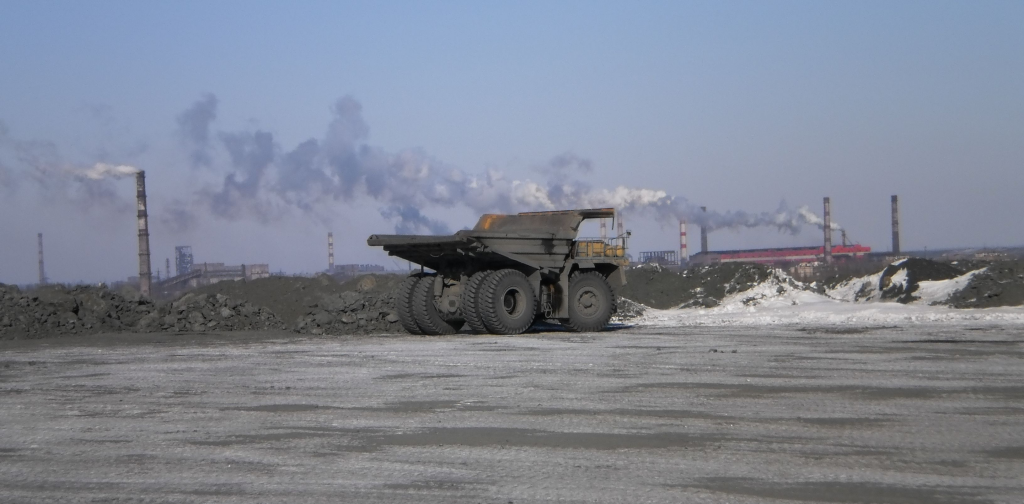
7. Strategic Backfire: No Room to Maneuver
The most significant impact of Russia’s mining strategy might be immobilizing its operations. Voyger stated that even when the Ukrainian onslaught comes to a standstill, Russia will not regain lost ground because its own minefields prevent rapid redeployment. The contraction of maneuver space forces Moscow to prioritize the defense of fixed lines at the expense of initiative. In effect, the mine belts have become a tool from area denial to a geographic prison for the forces they were intended to protect.
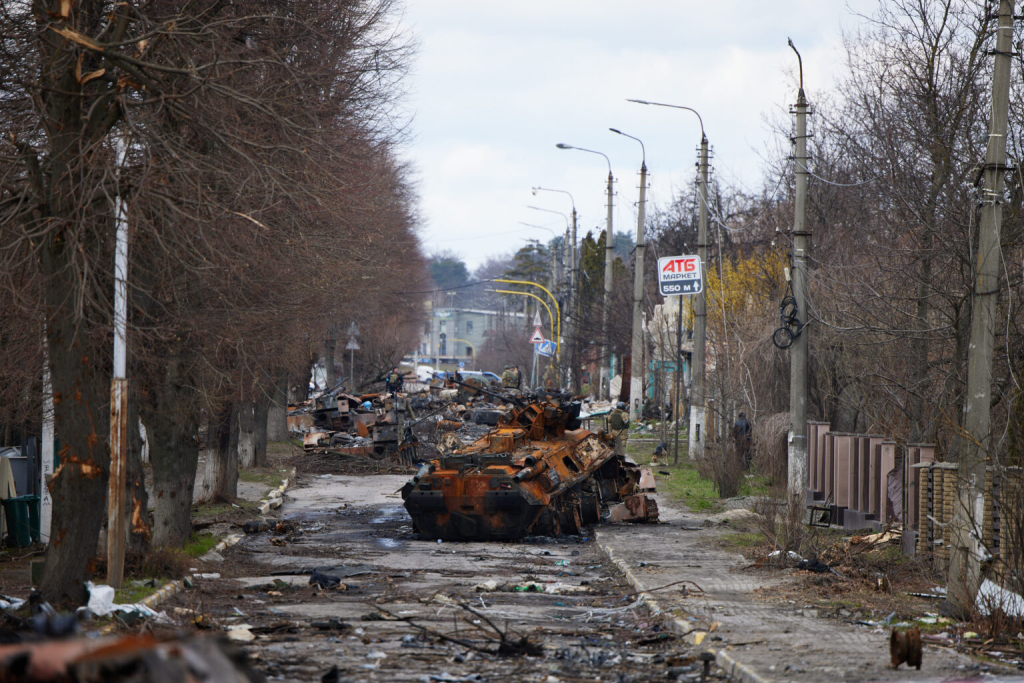
Russia’s extensive use of mines in southern Ukraine has demonstrated the long-term effectiveness and hidden risks of counter-mobility warfare. Though the belts of mines initially slowed Ukraine’s advance, they have also constrained Russian forces, worn out resources, and revealed weaknesses in depth. As fighting continues, the question is whether Moscow will be able to develop its defenses without compromising its freedom of action or whether the minefields it sowed will continue to reap an unplanned harvest.
